To celebrate Diversity Awareness Month this year, we decided to craft a paper doll which you can customize and dress up with different costumes from all over the world. Of course the list is not finished and we have missed many beautiful cultures, but we have to start somewhere and we hope you enjoy dressing your dolls as much as we did.
Today we'll focus on the traditional dress of people from Japan.
Japanese Kimono
The kimono, which literally translates as “something to wear” or “thing worn on the shoulders” is considered to be Japan’s national costume and treasure.
The history of the kimono dates back as early the Heian period (794-1192) where simple fabrics were cut and sewn together to form a garment that would fit any body shape. During the Edo period (1603-1868), it became a unisex outer garment and was called “kosode” meaning “small leaves” because of its smaller armholes. The term kimono was first used during the Meiji period (1868-1912) which means “wearing thing”.
Up until the 15th century, kimono was made of simple materials like hemp and linen but nowadays for more formal kimono the ideal material is silk, for silk brocade, silk crepes and satin weaves. For less formal occasions, less expensive fabrics such as rayon, cotton sateen and cotton polyester can be used. One example of this is the Yukata, an informal kimono which is normally worn in spring and summer, is made of cotton which is lighter and less expensive.
Kitsuke or the art of wearing kimono is a living form of art and one must follow the steps in wearing one:
- Step 1: Put on the tabi, white cotton socks
- Step 2: Put on the traditional undergarments (susoyoke or long johns then hadajuban)
- Step 3: Put on the nagajuban, a traditional long underwear or under-kimono, which is tied by the koshi-himo
- Step 4: Put on the kimono, with the left side covering the right
- Step 5: Tie the kimono in place with one or two koshihimo and smoothed over with a datejime belt
- Step 6: Arrange the collars, with about 2 cm of the nagajuban collar showing.
When worn outside, either zōri or geta sandals are worn.
Modern Japanese do not wear kimonos in their everyday life but there are still some special occasions where it’s only appropriate to wear the formal kimono. These are: Shichi-Go-San (7-5-3), a Shinto tradition that occurs on 15 November each year where boys and girls aged 3, 5 and 7 go to the shrine to pray for growth and health; Seijin-shiki (Coming of Age Ceremonies), held on 2 January to welcome those who turned 20 years between 2 April of the previous year to 1 April of the current year, into adulthood; Sotsugyo-shiki (University Graduation), is another opportunity for girls to wear colourful kimonos while men wear formal suits; Kekkon-shiki (Wedding), where the groom wears a black kimono and the bride has two outfits: white kimono and one featuring red uchikake (bridal kimono coat); and funerals, where they wear Mofoku kimono, plain black with 5 kamon (family crests) on the sleeves and shoulders.
Paper dolls with kimono
Download, print and colour in your own paper dolls wearing kimono using the templates below!
More about kimono
Books in the library featuring some beautiful Japanese kimono.
For kids: Books about traditional dress in different cultures
Try some of these books to explore the diverse world of clothing.
More books for kids about clothing and dress
Hayley Concepcion




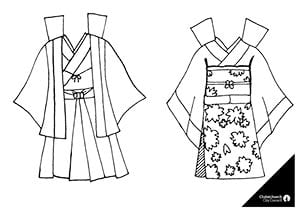
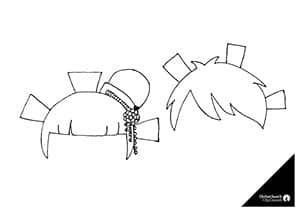
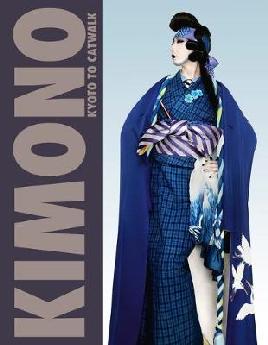


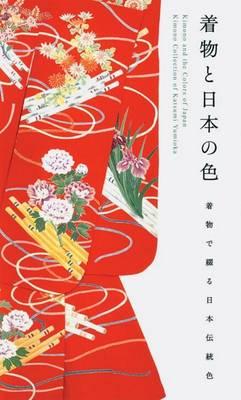
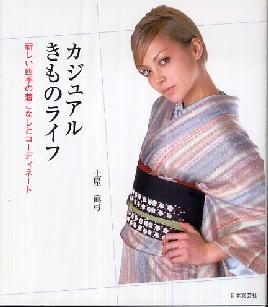


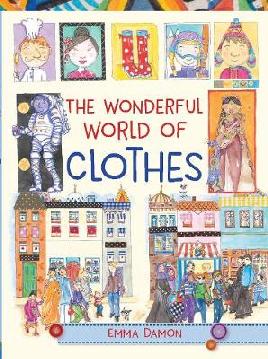



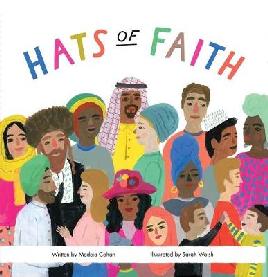


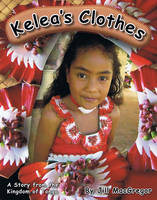


Add a comment to: Diversity Awareness Month paper doll craft: Japan